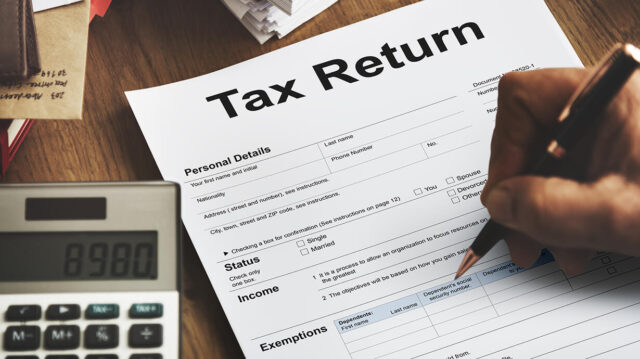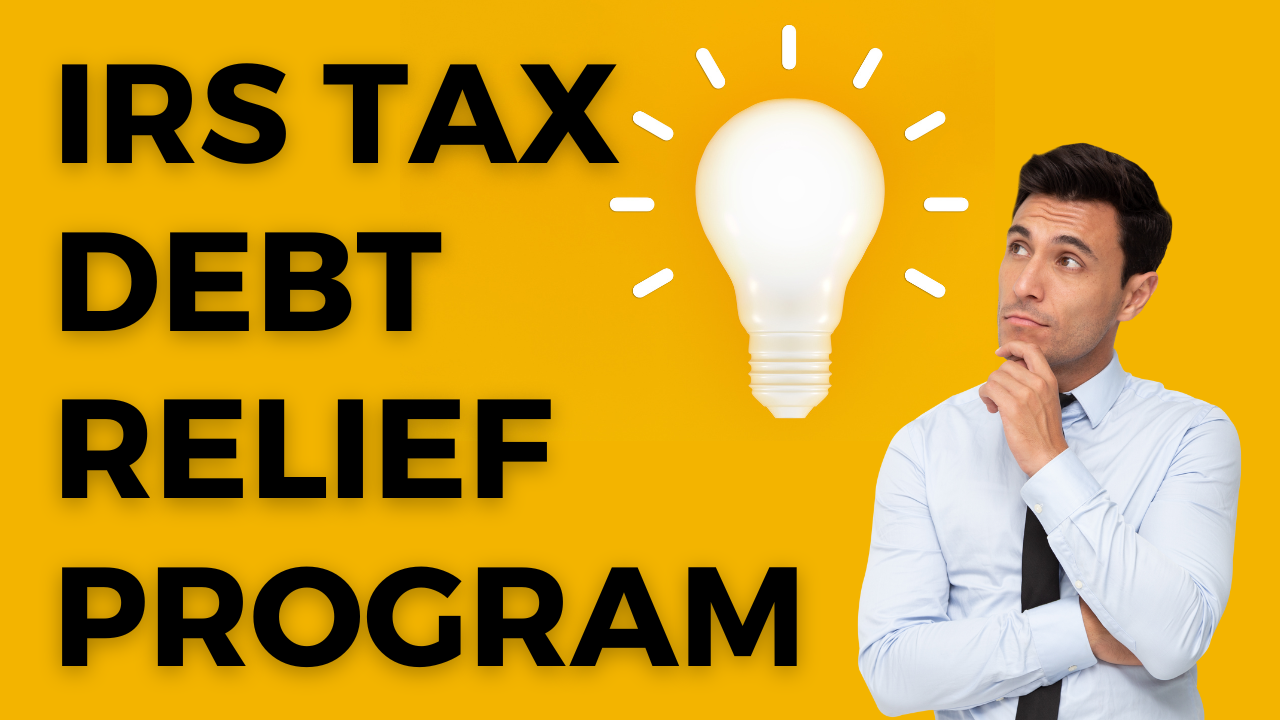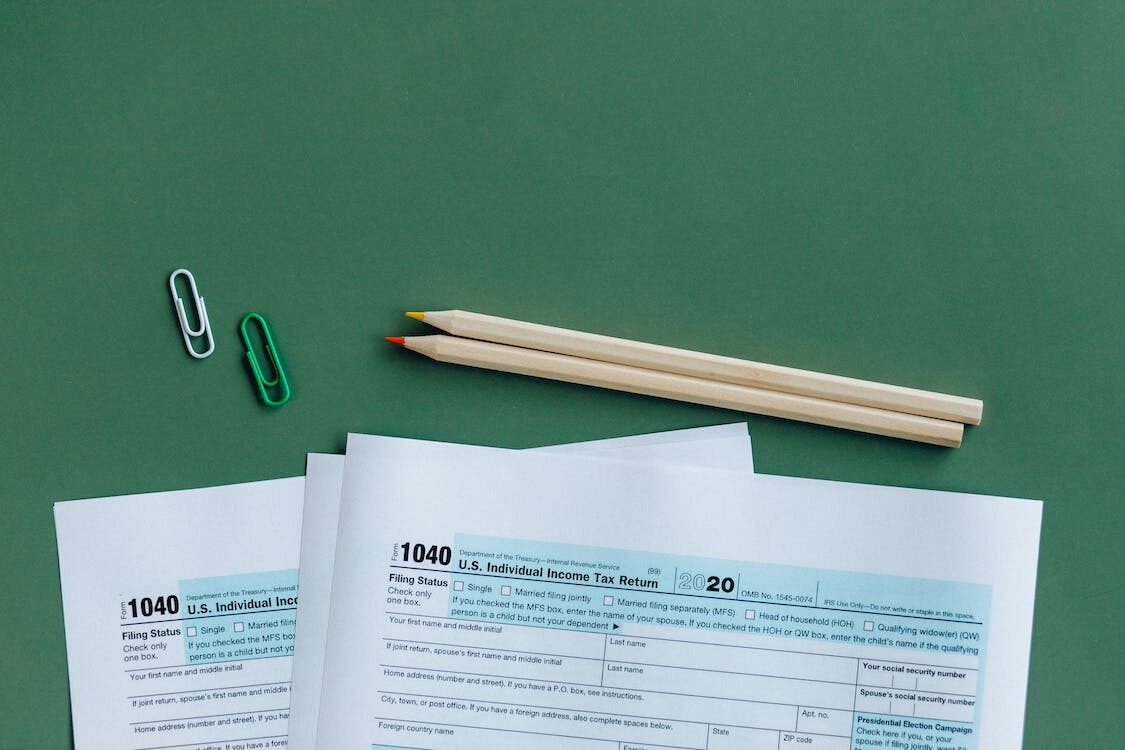
Navigating the complexities of firm bankruptcy is challenging, especially when tax debts come into play. Balancing the obligations towards the IRS while managing the intricacies of bankruptcy can seem overwhelming. This guide aims to simplify this process, providing you with strategies and insights to handle tax debts during firm bankruptcy in the most efficient and less burdensome way possible.
Check for Relief Services

Having to check for relief services is the first step in managing tax debts during bankruptcy. Various programs and services are available that can significantly reduce the burden of tax debts. These services range from offering settlements to restructuring debt, and each comes with specific qualifications and benefits. Understanding what’s available and how these programs can be utilized in bankruptcy.
Understanding Your Tax Debt
Analyzing the Type of Tax Debt
Before proceeding, it’s essential to understand the nature of your tax debt. Not all tax debts are treated equally in bankruptcy. Certain taxes, like payroll taxes or penalties for fraud, cannot be discharged. On the other hand, income taxes might be discharged under specific conditions. This distinction is vital in strategizing how to handle tax debts during bankruptcy.
Evaluating Bankruptcy Chapters
Understanding the different bankruptcy chapters is crucial when dealing with tax debts, as each chapter offers distinct approaches and solutions. The most common types of bankruptcy for individuals are Chapter 7 and Chapter 13, each with its implications for handling tax debts.
Chapter 7 bankruptcy, often called liquidation bankruptcy, may allow for the discharge of certain tax debts. However, for tax debts to be dischargeable under Chapter 7, they must meet specific criteria. Firstly, the tax debt should be related to a tax return due at least three years before filing for bankruptcy. Additionally, the tax return must have been filed at least two years before bankruptcy. This ensures the tax debt is not associated with recent or fraudulent tax activities. It’s important to note that not all tax debts can be discharged under Chapter 7. For example, tax debts related to unfiled tax returns, payroll taxes, or fraudulent tax returns are typically not eligible for discharge. Navigating these criteria can be complex, and it often requires the guidance of a bankruptcy attorney to understand which debts may be eliminated.
In contrast, Chapter 13 bankruptcy offers a different approach. Known as the wage earner’s plan, Chapter 13 involves creating a repayment plan to pay back debts over a period of three to five years. This plan can include tax debts, providing a structured and manageable way to handle these obligations. Under Chapter 13, tax debts are often treated as priority debts, meaning they are among the first to be paid.
This approach can be particularly advantageous for individuals with substantial tax debts, as it allows for consolidating various debts into a single payment plan. The repayment plan under Chapter 13 is crafted based on the individual’s income, expenses, and debt types, ensuring the plan is feasible. Moreover, under Chapter 13 protection, individuals are shielded from collection actions by the IRS, such as tax liens or levies.
Choosing between Chapter 7 and Chapter 13 bankruptcy depends on various factors, including the nature of the tax debt, the individual’s income, assets, and overall financial situation. It’s essential for individuals considering bankruptcy to consult with a bankruptcy attorney who can provide tailored advice based on their specific circumstances. This legal guidance can help in making an informed decision on which bankruptcy chapter to file under and how to include tax debts in the bankruptcy plan effectively.
Tax Debt and Bankruptcy: A Dual Strategy

Image source-Pexels
Prioritizing Tax Debts in Bankruptcy
In bankruptcy, not all debts are treated equally. Priority debts, including certain tax obligations, must be paid before other debts. This prioritization impacts how your assets are distributed, and your repayment plan is structured, especially in Chapter 13 bankruptcy. Understanding the hierarchy of debts in bankruptcy is crucial for effective tax debt management.
Negotiating with the IRS
Negotiating with the IRS is an intricate strategy for handling bankruptcy-related tax debts. This process requires not just open communication but also a comprehensive and well-planned approach to achieve an agreement that benefits both parties. The key to successful negotiation is understanding and articulating your financial constraints while considering the IRS’s requirements and expectations. When entering these negotiations, it’s imperative to develop and present a repayment plan that is not only realistic but also aligns with your current bankruptcy plan. This plan should detail how you intend to manage your tax debts while balancing other bankruptcy obligations.
The IRS may propose several solutions during these negotiations. One common option is installment agreements, designed to allow taxpayers to pay off their debt gradually over an extended period. This method can be particularly beneficial for those under bankruptcy as it offers a structured way to handle debts without overwhelming financial strain. Another option is an Offer in Compromise (OIC). This allows taxpayers to settle their tax debts for less than the full amount owed, based on an analysis of their ability to pay. However, securing an OIC requires proving that the offered amount is the most the IRS can expect to collect within a reasonable timeframe.
It’s important to recognize the complexities involved in negotiating with the IRS. Such negotiations are laden with legal and financial intricacies that can be challenging to navigate without specialized knowledge. Therefore, seeking the assistance of a tax professional or an attorney who specializes in tax law and bankruptcy cases is often crucial. These professionals can provide invaluable guidance, ensuring you navigate the intricate web of regulations effectively. They can also advocate on your behalf, ensuring that your financial situation is accurately represented and that the proposed solutions are in your best interest.
Leveraging Tax Relief ProgramsExploring IRS Tax Relief Programs

The IRS’s tax relief programs play a pivotal role for individuals dealing with the repercussions of bankruptcy on their tax liabilities. Programs like the Fresh Start Initiative are specifically designed to assist taxpayers in finding more manageable methods of resolving their tax debts. This initiative and other IRS programs offer flexible solutions tailored to diverse financial scenarios. For example, extended payment terms can significantly alleviate the burden by allowing taxpayers to spread their debt payments over a longer period, thus easing immediate financial pressure.
In addition to extended payment terms, some IRS tax relief programs offer the possibility of reducing penalties or interest. This can be crucial in lowering the overall amount owed, making it more manageable within bankruptcy constraints. Certain programs might offer partial or complete debt forgiveness for those facing particularly severe financial challenges. However, it’s important to note that qualifying for such forgiveness requires a taxpayer to demonstrate significant financial hardship, a process that can involve a detailed review of their financial situation.
Taking advantage of these tax relief programs requires a thorough understanding of their components, eligibility criteria, and application processes. This is where the expertise of a tax professional becomes invaluable. Such professionals can help navigate these programs’ complexities, clarifying which options might be most suitable for your specific situation. They can also assist in preparing and submitting any necessary documentation, ensuring you meet all the requirements and deadlines. Leveraging these tax relief options can offer substantial support in managing the intersection of bankruptcy and tax debts, ultimately providing a pathway to financial stability and recovery.
Qualifying for Tax Relief
Qualifying for these programs requires meeting specific criteria, including your current financial status, tax history, and the type of tax debt. It’s crucial to meticulously document your financial situation, demonstrating a clear need for relief or leniency. Your tax history, including past filings and any existing penalties or interests, also significantly determines eligibility. It’s also important to identify the nature of your tax debt – whether it’s income tax, employment tax, or another form – as different debts have different rules under relief programs.
Understanding these qualifications and applying them within the context of your bankruptcy strategy is essential for optimal debt management. This process often necessitates a detailed review of your financial history. It may benefit from the guidance of a tax professional or a bankruptcy attorney to ensure that all potential relief avenues are explored and applied correctly.
Conclusion

Handling tax debts during firm bankruptcy requires a multifaceted approach. It involves understanding the type of tax debt, the implications of different bankruptcy chapters, prioritizing debts, negotiating with the IRS, and leveraging available tax relief programs. Each step demands careful consideration and a deep understanding of tax law and bankruptcy regulations. While this process can be complex, resources and services are available to help navigate these challenges. Seeking professional advice and exploring all available options, like checking for relief services, can pave the way for a more manageable and effective resolution to tax debts during bankruptcy.












